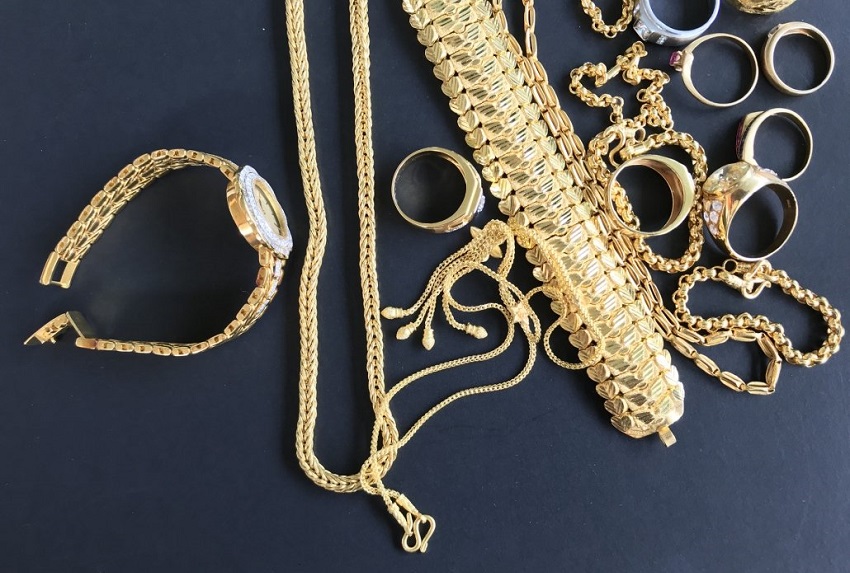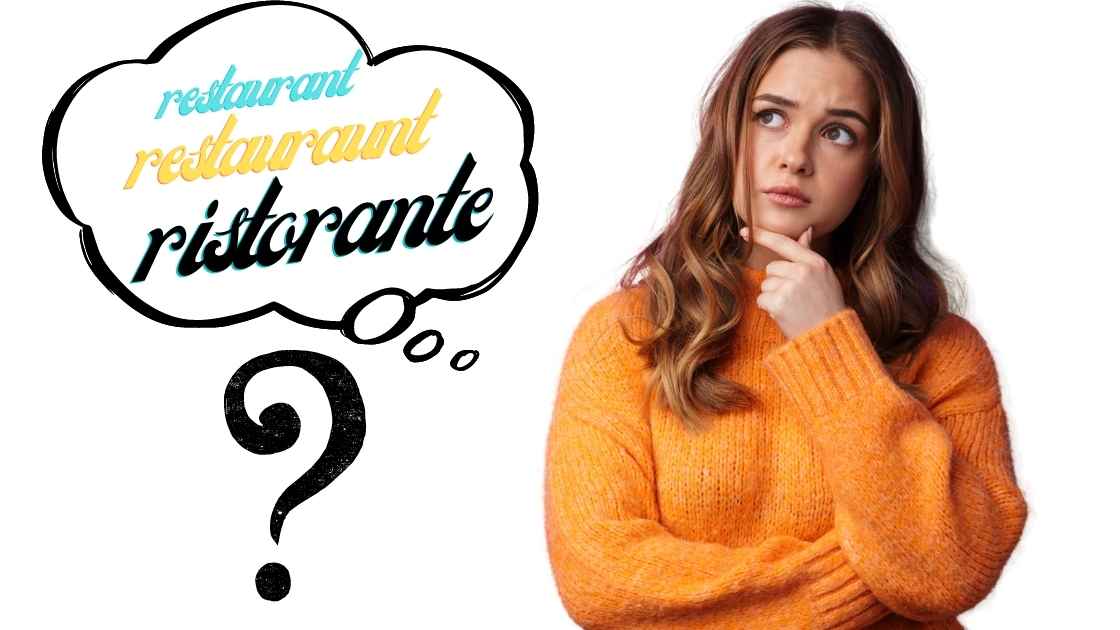Selling pieces of jewelry can be an excellent way to generate additional income. However, it’s essential to have a standard and goals in mind before you get started. It would be best to thoroughly assess your holdings to ensure you know what you want to achieve and what your valuables are currently worth.
Importance of authenticity
When selling vintage jewelry, you must ensure that the pieces you sell are authentic. Buyers are only willing to commit to a purchase if they know its authenticity. If unsure of the piece’s authenticity, consider hiring an appraiser or jeweler to help ensure its authenticity.
Antique and vintage pieces should have a hallmark or maker’s mark. Pure precious metals should also be marked with a hallmark. Consult a professional like those at WindsorJewelers.com if you need clarification on a piece’s hallmark or maker. Antique jewelry can be cleaned with mild soap and a paper towel. However, larger stones may be dirty within their setting and need to be cleaned with a jeweler’s cloth.
Value
When selling vintage, antique, and estate jewelry, many factors determine the value of the pieces. For example, if the jewelry piece is a diamond, it may need to be certified by a GIA laboratory to determine its value. If the jewelry is gold, the value is based on the gold’s purity, weight, and market price. If the jewelry piece is signed or vintage, it can be worth hundreds of dollars.
Value-based valuations are based on the metal content of the piece, so an antique necklace will generally command a higher price than a modern one. Antique jewelry may also have a history and be more collectible. As a result, some pieces, like bracelets belonging to authors or famous people, are more desirable than others. Similarly, rings made of silver or gold will typically be worth the market price of the metal they are made of.
Price
There are several advantages to selling vintage antique jewelry. First, these pieces are rare and unique, making them attractive to potential buyers. While at-home jewelers may be tempted to sell any old thing that looks nice, it’s worth remembering that antique jewelry is different from its modern counterpart. Finally, a professional appraisal can help you avoid potential confusion regarding pricing.
If you’re new to antique jewelry, you might be skeptical about its authenticity and value. You can educate yourself by researching various jewelry eras, identifying the styles you like, and learning more about the history of designs.
Uniqueness
The vintage and estate jewelry industries are experiencing a growth spurt with the popularity of the new retro aesthetic. Retro pieces have become increasingly popular, from Downton Abbey on PBS to Baz Lurhman’s Jazz Age adaptation. Designers have also gotten into the act, creating memorable lines of retro jewelry. These types of jewelry come in many forms and are sold for various reasons. These jewelry pieces often have stories and memories attached to them.
Age
Antique, vintage, and estate jewelry have many advantages, including historical value, quality, and craftsmanship. They are timeless pieces that have maintained their weight and place in the fashion world for decades. They are also made from materials that last for years, making them a significant investment that will be appreciated for years.
Another advantage of vintage jewelry is its environmental benefits. It helps reduce demand for new items, which reduces air pollution and mining. Furthermore, it reduces the need for precious metals and gemstones. Compared to unique pieces, vintage jewelry is more environmentally friendly because it does not require extraction techniques. Furthermore, it is less expensive than new jewelry.




